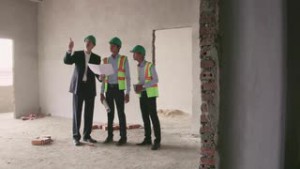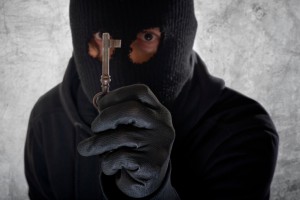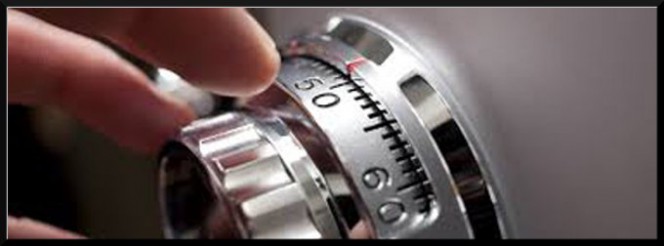Buying a good quality safe to protect your valuables is not enough if certain precautions are not used during installation. Let’s see the five most common mistakes that people make when deciding where to install a safe and we’ll provide some useful advice.
- Having the safe installed when the house is still being built. Although this is the most convenient choice, it is not optimal from the point of view of security. The fewer the number of people who know where the safe is located and how it is made, the greater will be the confidence that this information remains confidential. To make sure that only family members are aware of it, the safe should not be installed when your home is being built or renovated, or during any situations where strangers have access inside the house.It is good practice to always rely on a trusted person to take care of installing the product, whilst maintaining the strictest of confidence.

- Installing the safe at a height which is very comfortable for us to use. Unfortunately, just as it would be easier for us to access the safe, at the same time it would become easy for thieves who, equipped with burglary tools, could take advantage of this fact. Breaking into or unhinging a safe is much harder the higher the safe is installed, as the handling of burglary tools becomes more complex and laborious.
The ideal height should be at “eye level” (if you are taller than 1.60 m) to make an attack difficult with heavy and bulky tools (such as long-handled hammers), but at the same time do not sacrifice the convenience of an accessible position (for those who are authorised). - Locating it in an open space, such as a living room, where there is ample room for movement. The principle is the same as the previous point: a professional thief, equipped with burglary tools, will be more free to act in a spacious area, rather than in a narrow space. For example, if the side of the door with the hinges of the safe is near a corner of a room, there is not the physical space needed to lever with a crowbar. Similarly, if there is less than 2 metres between the safe and the wall in front of it, it is not possible to apply considerable force with the sledge hammer as there is not sufficient space. One need only watch the video of this theft filmed by the surveillance camera in an office, to understand that 3 thieves armed with sledge hammers who take turns to repeatedly strike a safe erroneously installed too low and in an overly large space are able to break in; this would not have happened with a better installation. It is always worthwhile checking that the margin of movement is not too great.
- Hiding emergency key to the safe in the same room in which the safe is installed.Although the emergency key (for electronic safes for which they are provided) may be necessary in some cases (we have forgotten the code or we have drained the batteries of the electronic safe), it leads to an important safety issue.There is the strong possibility that it can be found by a thief and used to readily open the safe in which we have entrusted our assets. The emergency key for a household safe, since it should only need to be used in exceptional cases, should normally be kept in a different place to where the safe is installed (e.g. at the home of close relatives or at work).

- Purchasing cheap products.
As can be seen in this video, buying a product imported from the Far East for just a few tens of euro, for storing valuables or sentimental items, is a considerable risk. A low-cost product almost always indicates machining with poor quality materials and construction techniques which result in solutions that are not very strong. As can be seen in the video of the various break-in attempts: the doors of the safes imported from the Far East have small round hinges fixed with a simple spot weld and the electronic versions house the components in bulky external plastic cases without any protection. These safes all have in common that they are cheap to buy, but they may also be considered to be anything but “safe”!
